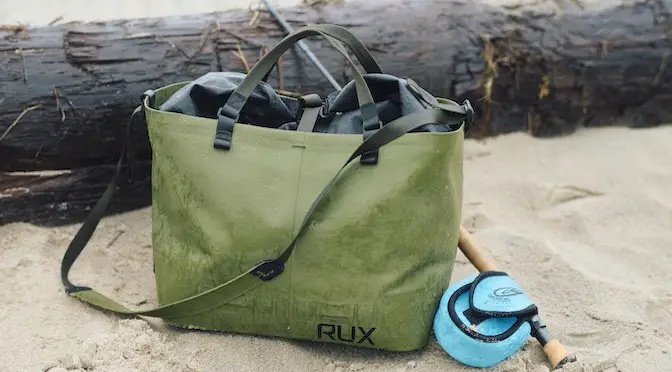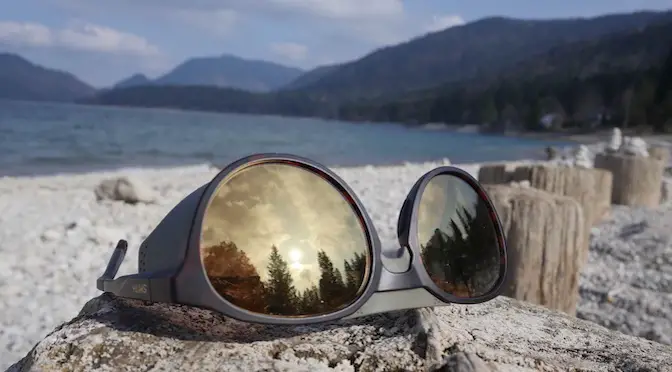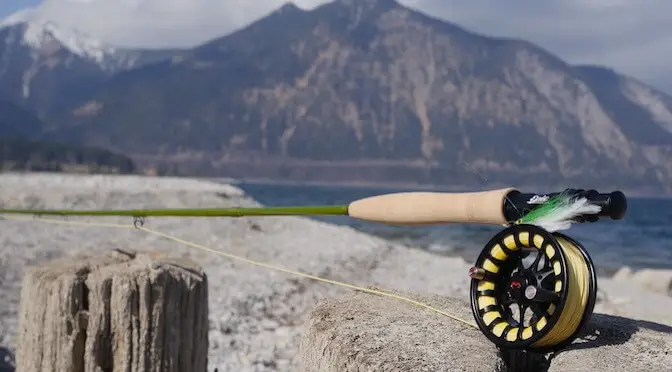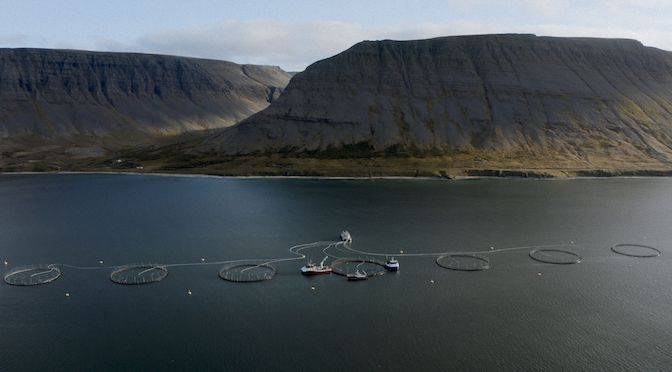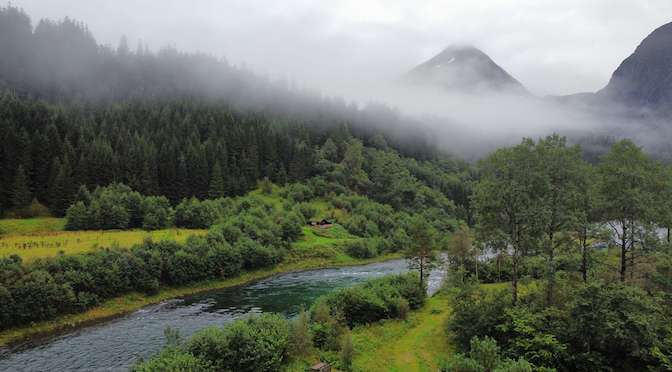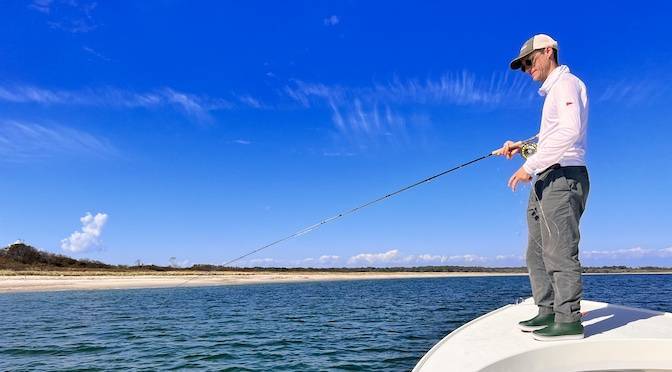Last updated on January 9th, 2024.
- Fly Fishing Steelhead: A How To Guide - February 17, 2023
- Brown Trout in the Outer Hebrides – South Uist Fishing - July 19, 2022
- Fishing Camp – Looking for Kamloops Trout - December 26, 2019
Home to the rivers of the Pacific Northwest and the West Coast of Canada, coastal cutthroat can be caught from small mountains streams all the way to the sea.
“We have a soft spot for them, these page-boys of the hills, in their livery of saffron and umber with garnet buttons down the sides. Surely it was a piece of impudence no longer than his hand that Schubert has sent lilting down the centuries.”
– Kingsmill Moore, A Man May Fish
Kingsmill Moore’s quote was referring to the brown trout of the hill streams of Ireland. Small fish stayed in the hill burns. Larger fish were in the rivers. Still larger fish strayed into the salt water and became seatrout.
The coastal cutthroat trout of the Pacific Northwest and the West Coast of Canada are like Kingsmill Moore’s brown trout except you’ll need to change the saffron and umber to emerald and the garnet buttons to black and add a red slash under the throat. Many coastal cutthroat wander to the salt and get big just like sea-run browns. Other cutthroat populate lakes and beaver ponds. Today I’ll talk about the stay behind fish which are found in upper reaches of most streams in the Pacific Northwest of the United States and in Western Canada. These are bright, willing fish which are mostly 6-12″ in size. In a future post I’ll talk about their salt water roving cousins which grow three or four times larger.
Habitat
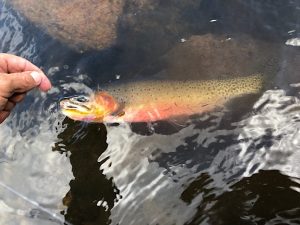
The freshwater coastal cutthroat is a small stream fish. They thrive in the “step across” reaches of most rivers and creeks in Northern California, Oregon, Washington, and the West Coast of Canada. Drive up almost any western river until it becomes a creek and start fishing and that’s what you’ll catch. Coastal cutthroat are a little bigger on the streams on the east side of the coastal ranges because stream gradients aren’t quite so steep and the water temperatures are a little bit higher which translates into more weed growth and insects for food. In addition there are fewer andronomous fish (e.g. salmon and steelhead) around to compete for food. The upper reaches of most rivers and creeks lie within part and national forest boundaries. Access is easy. Forest service roads follow many creeks. Trails follow other creeks.
The Season for Coastal Cutthroat
Coastal cutthroat streams are snowmelt-fed. They are high and hard to fish due to runoff in April, May and June. Water levels start falling in June and the streams are at their peak in July and August and early September. The season is closed November to May to protect spawning fish.
Fly Rods
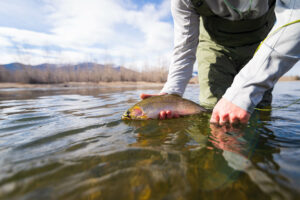
A short fly rod is great on small streams because it keeps your fly under the forest canopy. I use a quick action 7’6″ Thomas and Thomas or a 7’6″ Winston Ibis. On some of the larger streams I’ll fish an 8′ 5 weight Pennington Pine River Bamboo fly rod. I have a friend that prefers a 6′ bamboo fly rod. A 3 weight line is great. You’ll be making short casts. You’ll want a fast action fly rod so you can power the cast sidearm around obstacles.
Leaders
A 7’6″ 4X or 5X leader is great for short casts. You’ll be snagging on trees and brush so bring an extra spool of tippet material. I’ve have good success with this small stream leader which is easy to tie:
• 50″ of 15 lb (0.15) Maxima Clear or Chameleon leader. Clear or Chameleon line are best for the butt because they are stiff.
• 18″ of 10 lb (0.10) Maxima Clear or Ultragreen leader.
• 18″ of 4X leader or 4lb (0.007) Maxima Ultragreen leader.
The leader comes to just over 7 feet. That’s an advantage because you won’t have to struggle pulling the leader knot through your tip ferrule again and again and again as you move from pocket to pocket.
Flies
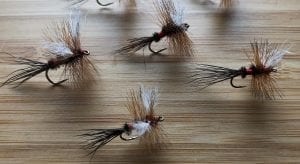
Almost any size 14 dry fly will work. Your flies should be visible, durable and easy to tie. Visible so you can keep track of them in fast swirling pockets. Durable in order to stand up to a dozen or two dozen fish. Easy to tie because you’ll be snag off flies in the trees and branches or the fish will make short worth of them.
My favorite small stream coastal cutthroat flies are a #14 Royal Wulff, #14 Olive Caddis and a #14 Brown Bivisible. The white wing of a Royal Wulff is easy see amid the swirls and froth. An olive caddis will float forever. The brown bivisible is a classic which floats well and is easy to tie.
Tactics
Coastal cutthroat inhabit pocket water of fast moving streams (Tenkara territory) and are always looking up. There’s a fish or two in each pocket. Make a short quick cast and keep your fly drag free. Keep a low profile. If you can see a fish the fish can probably see you. Catch or raise a fish and move on. Don’t dawdle. Most of the small streams are not super rich in insect life which means that the fish aren’t selective. A bee, a mayfly, a beetle, a caddis, stoneflies, ants. It’s a varied diet and the fish aren’t fussy eaters.
You can access lots of streams off forest service roads on state and national park land. I’ve found the best fishing and more privacy is a 15 minute walk from the road.
This is uncomplicated, relaxed fishing. Get away for an afternoon. Enjoy yourself. Catch a dozen fish. They’re not big but who cares.

